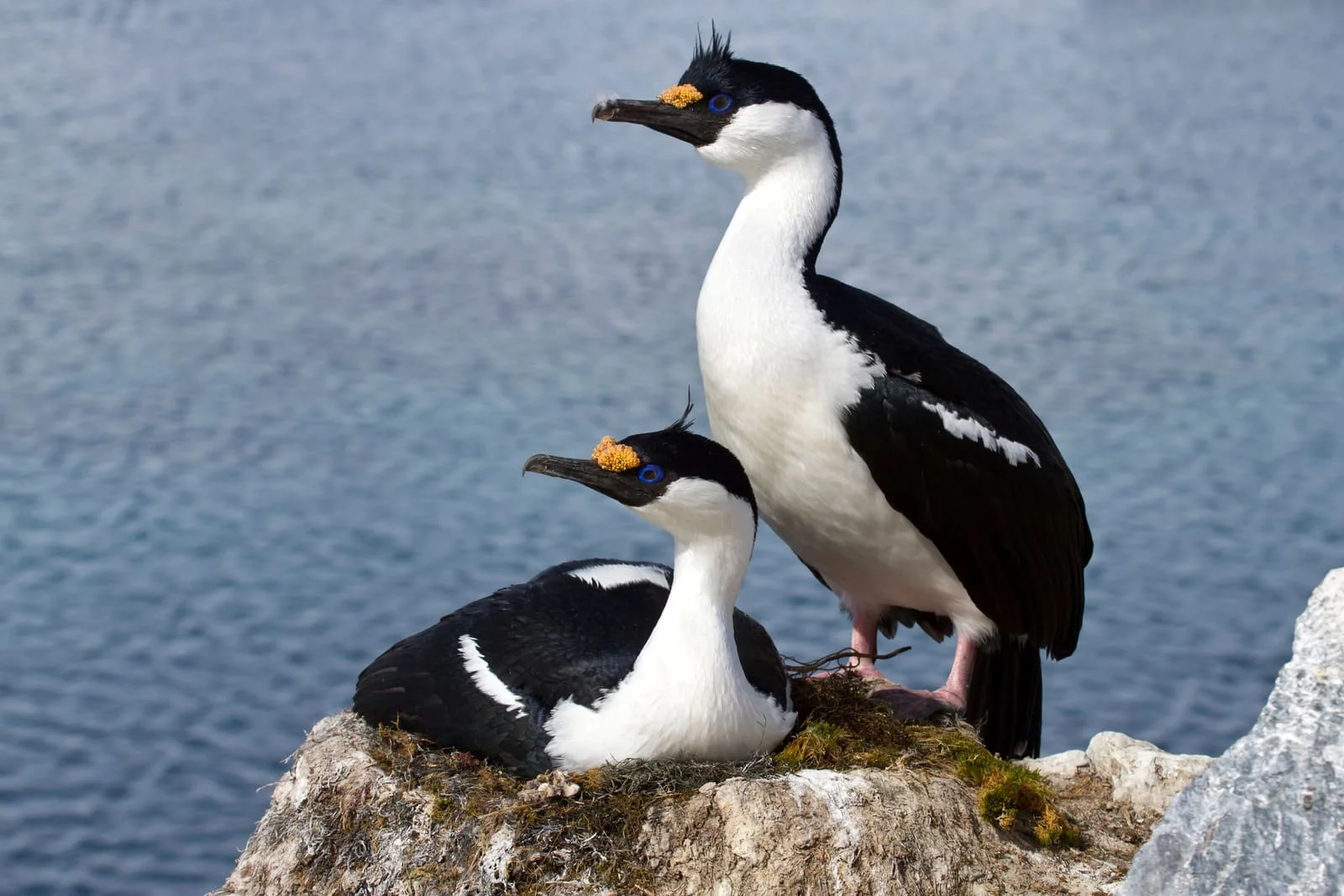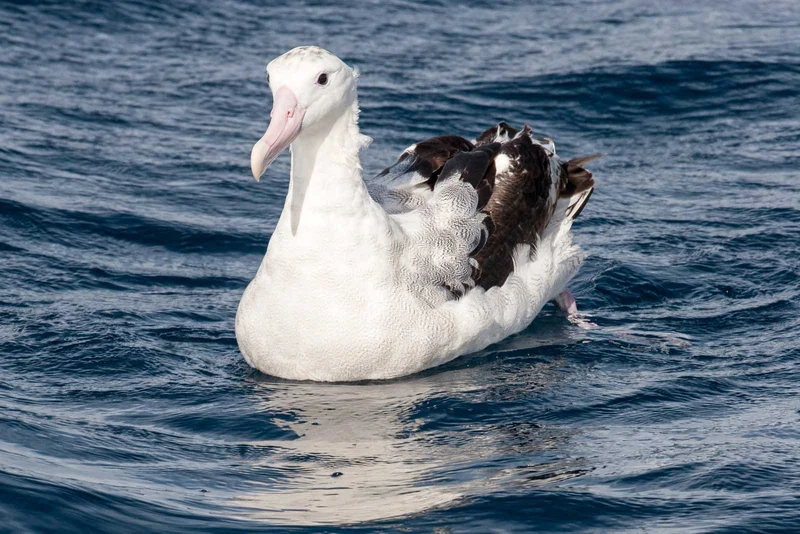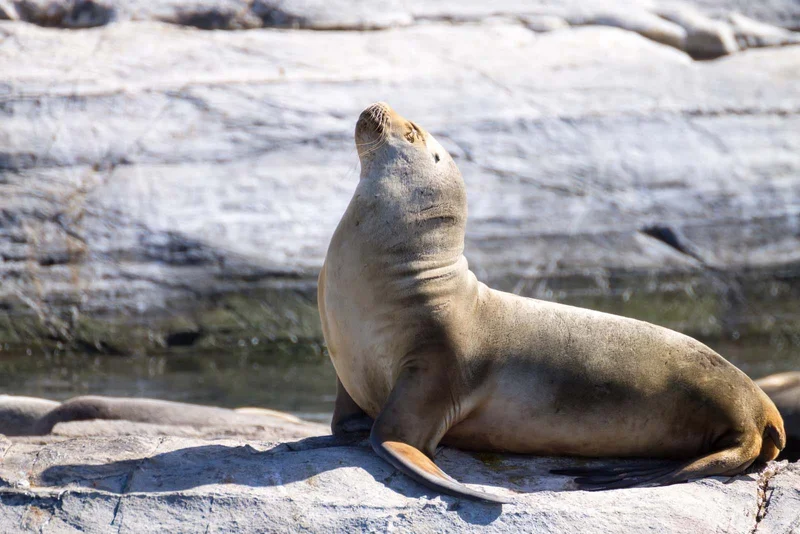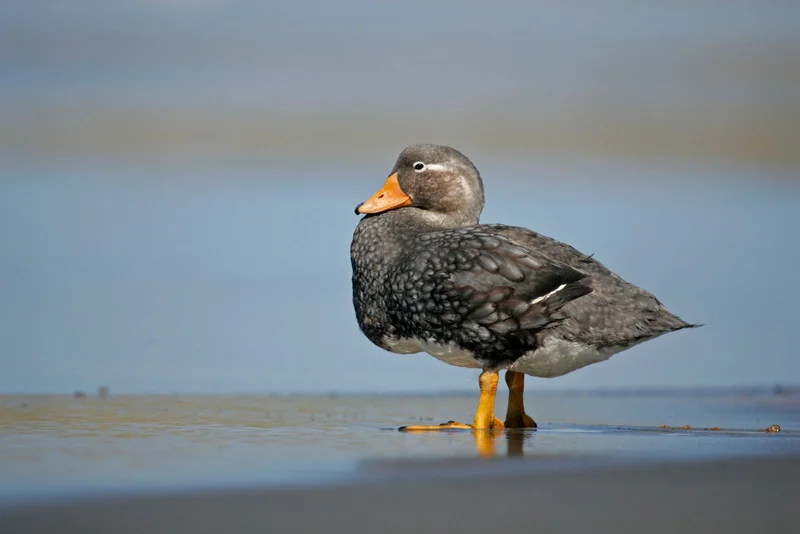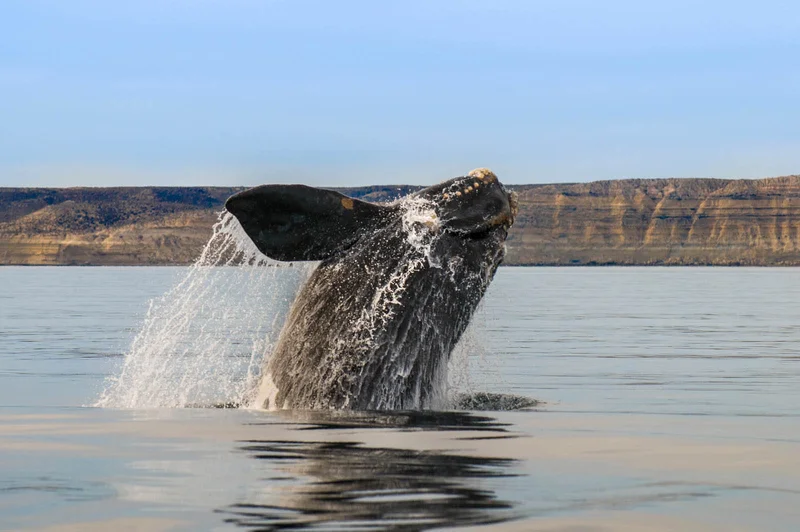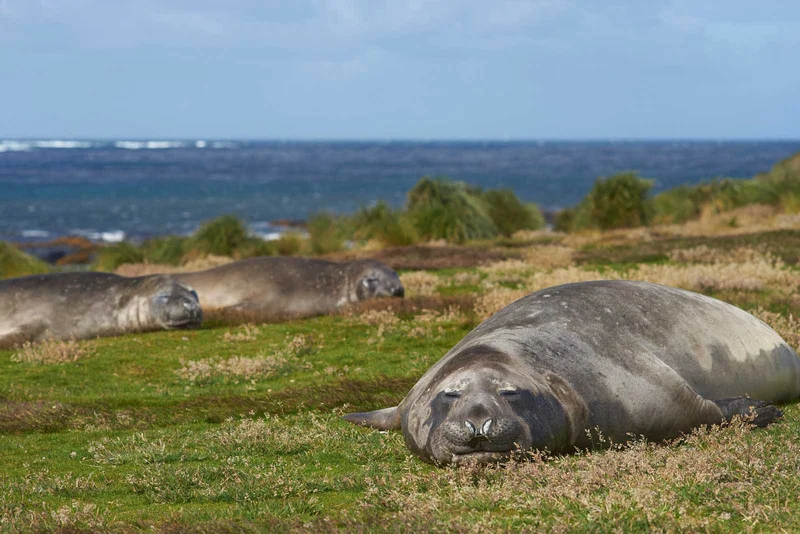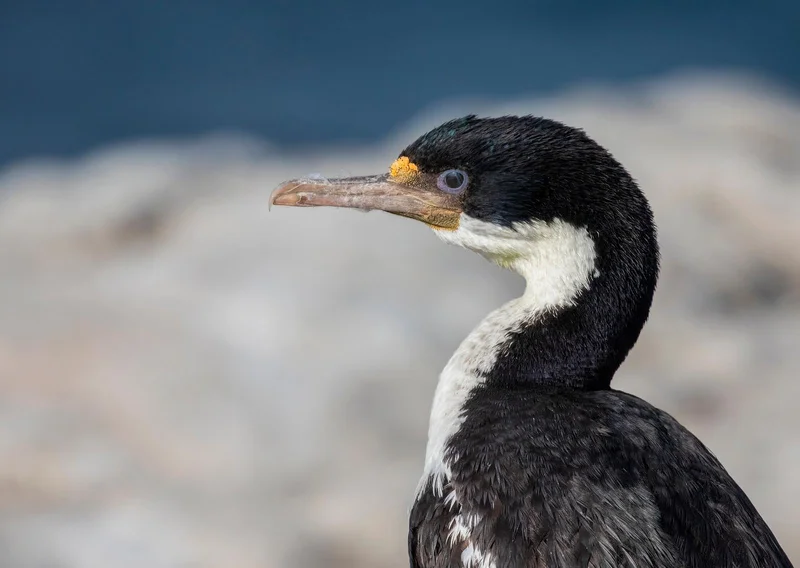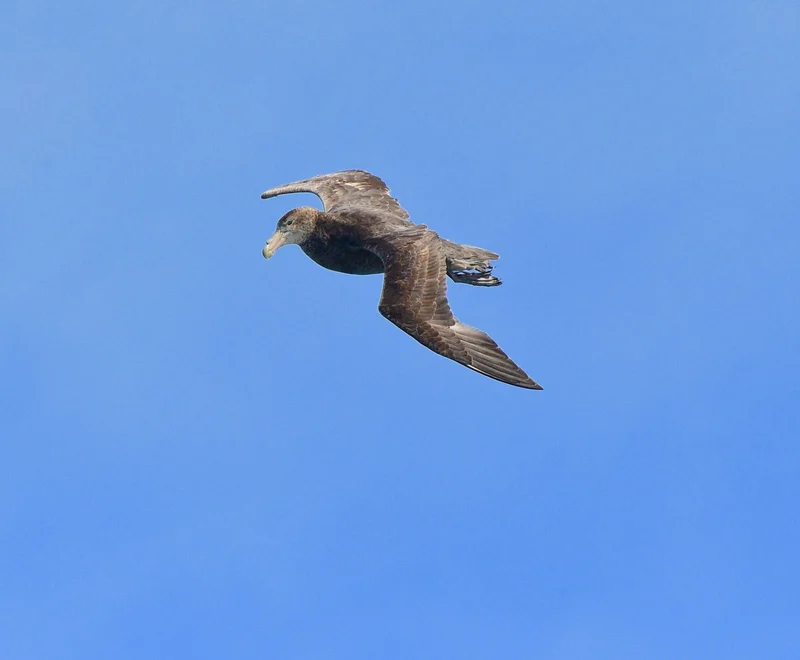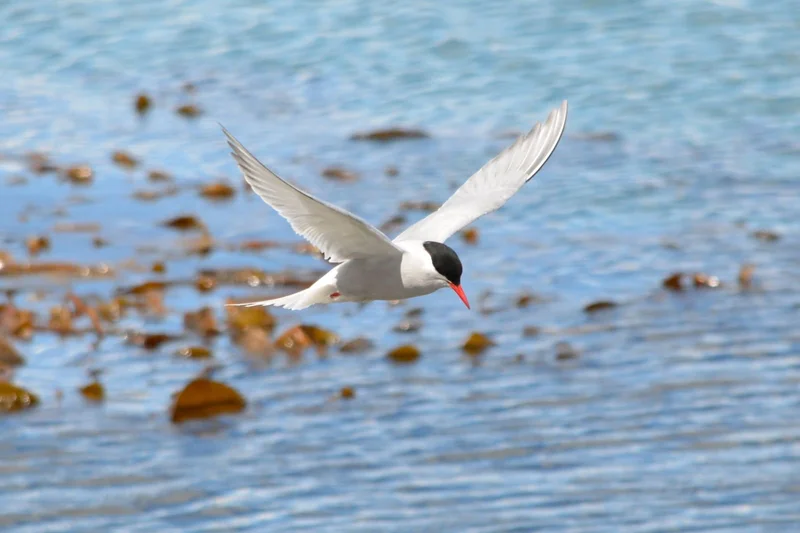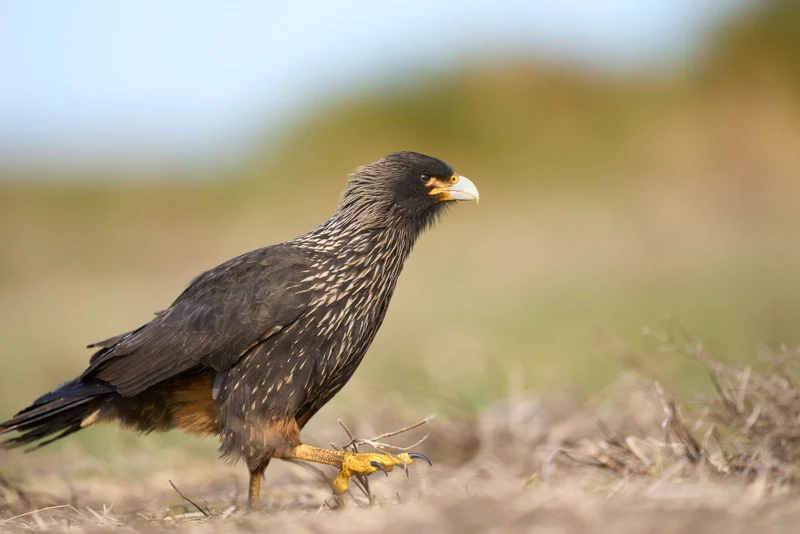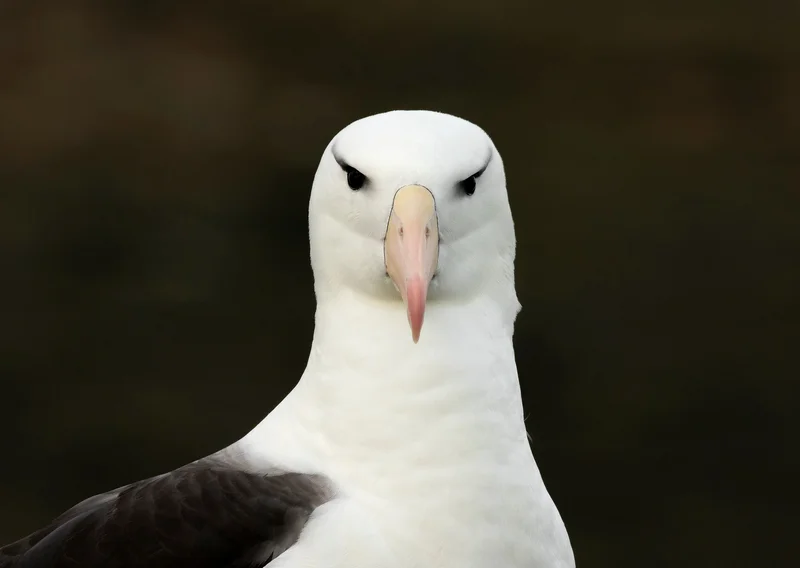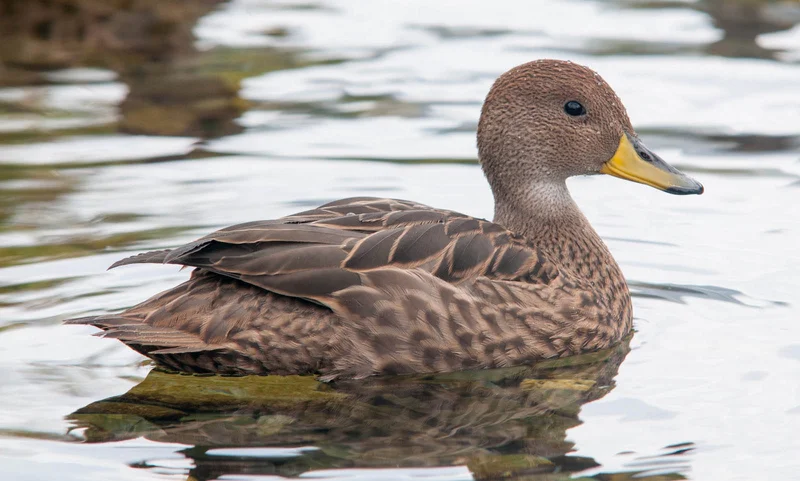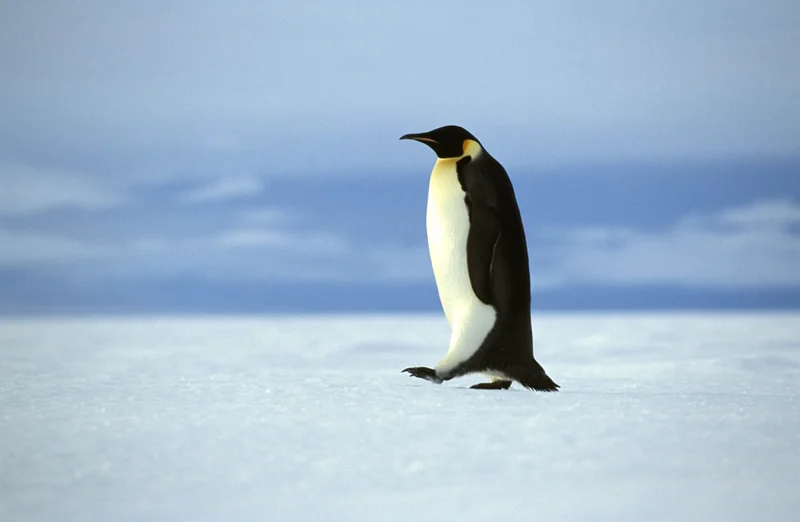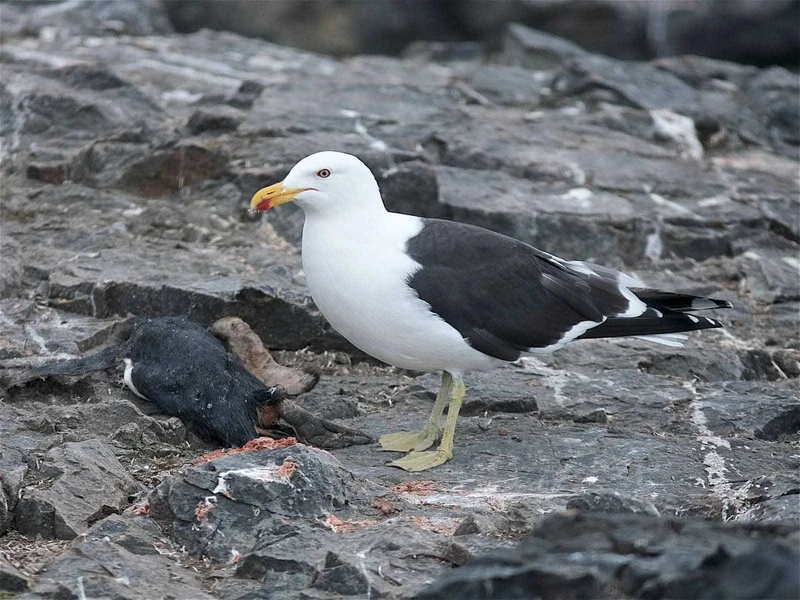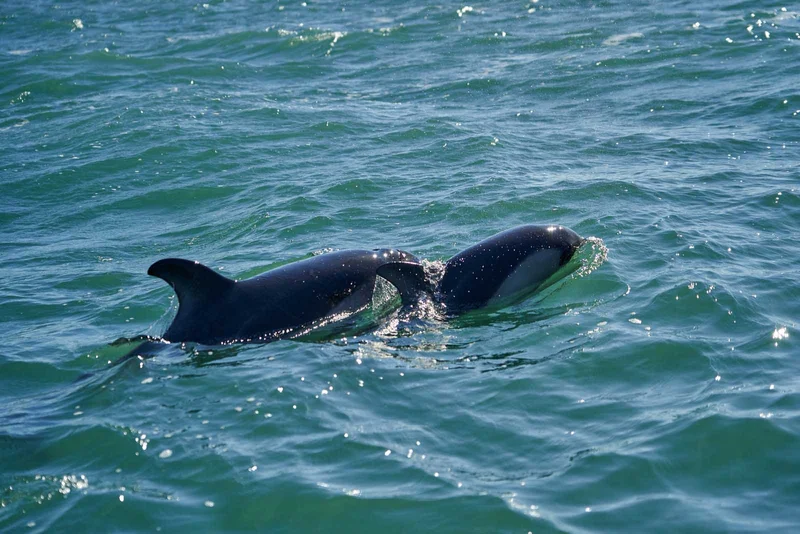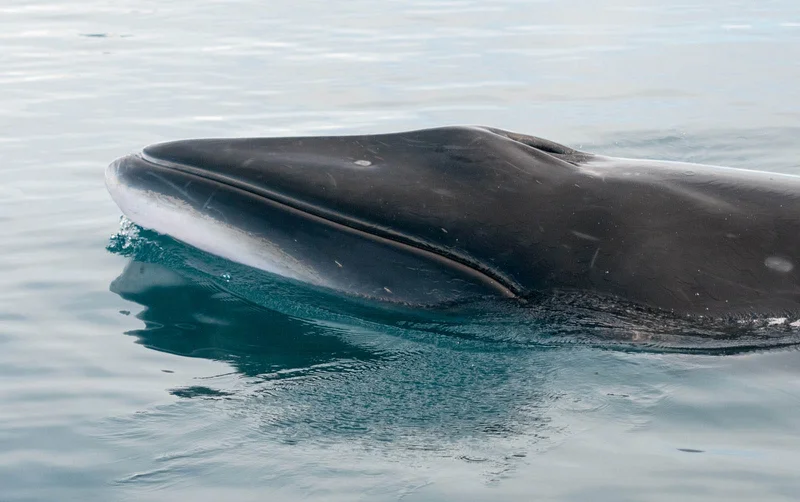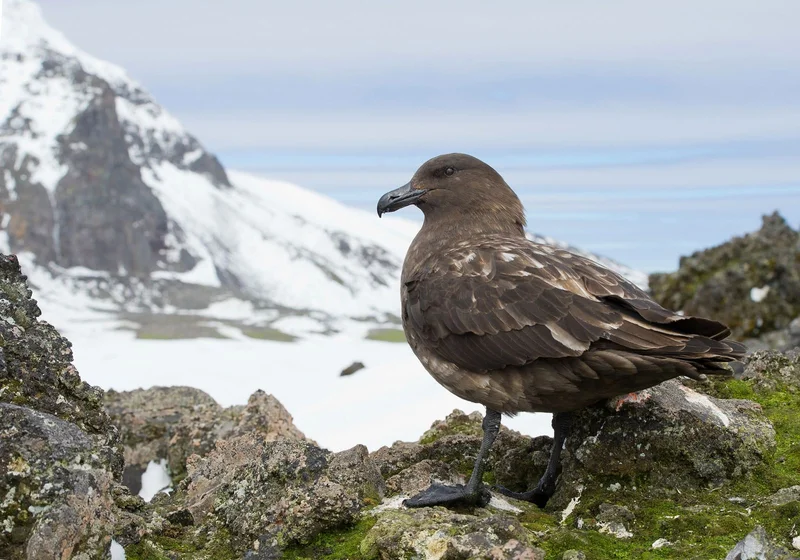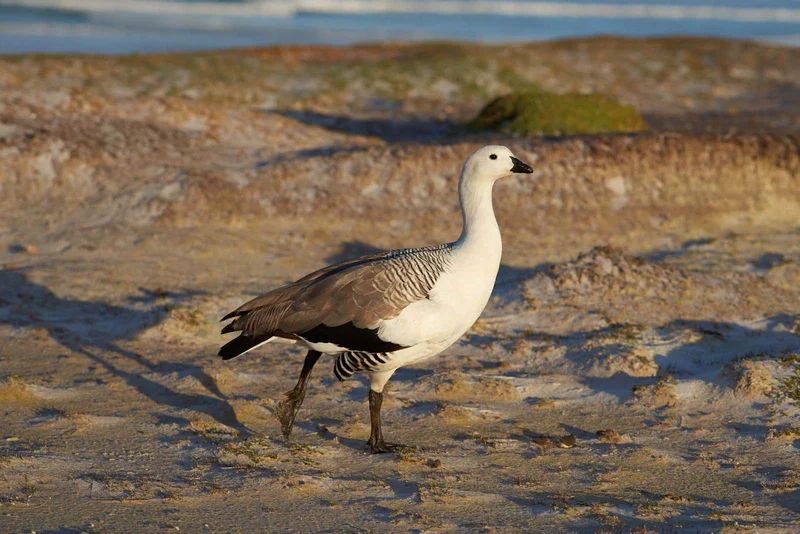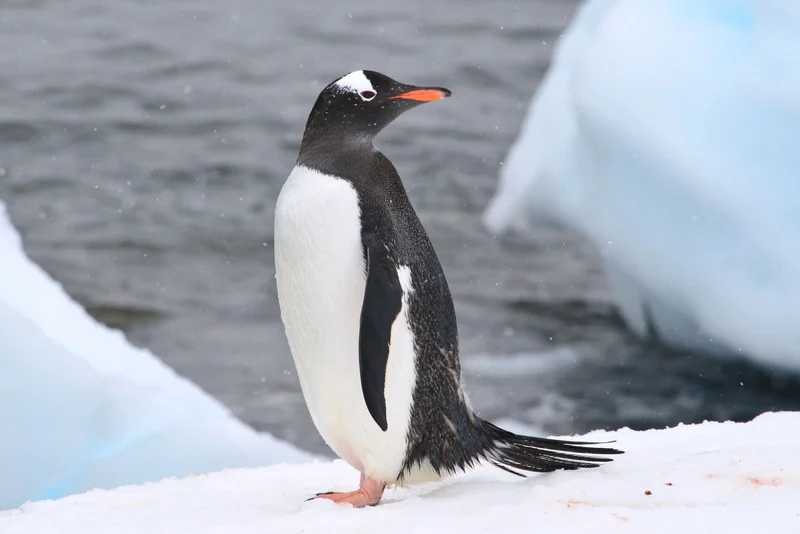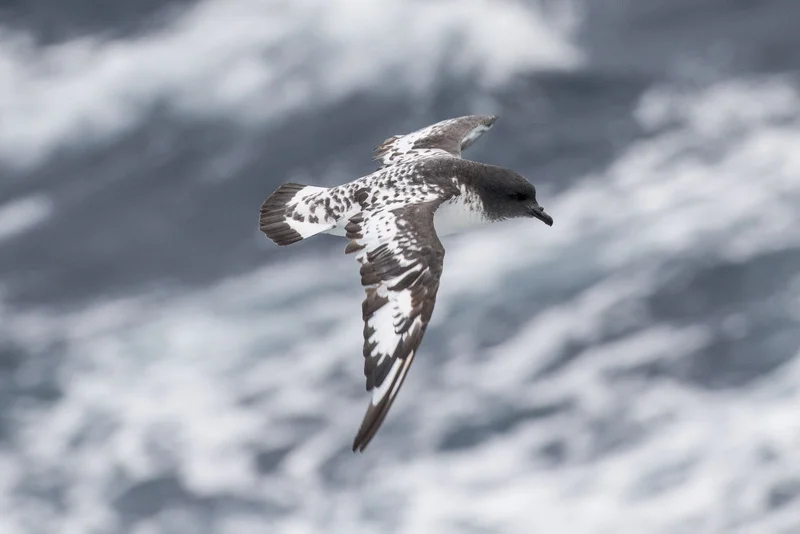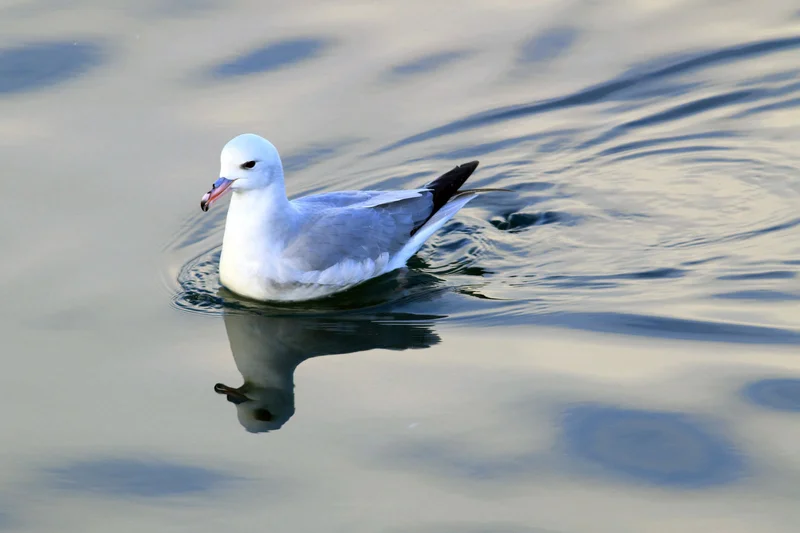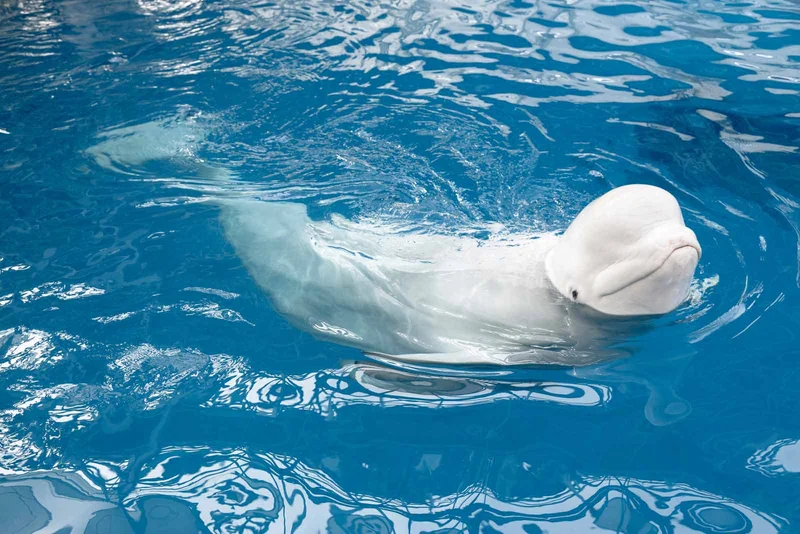Essential Antarctic Shag Information
Habitat and Appearance
The Antarctic Shag, the only cormorant species in the region, inhabits the Antarctic Peninsula, South Shetland Island, and Elephant Island. There has been some debate around its taxonomy, and it’s sometimes grouped with other Blue-Eyed Shags, such as the Imperial Shag of Patagonia and South Georgia. These birds are about 75cm (30 inches) tall, with a wingspan of 1.2 meters (4 feet) and a weight of around 3kg (7 pounds). Unlike other cormorant species, the Antarctic Shag doesn’t need to dry its wings, thanks to dense under-feathers that provide waterproofing in the cold Antarctic climate.
Their “blue eyes” are actually patches of blue skin surrounding the eyes, accompanied by a yellow growth on their forehead, making them easy to identify. They stay in their habitats year-round, often near pack ice, forming colonies during breeding season.
Breeding and Nesting
Antarctic Shags build cone-shaped nests resembling small volcanoes using feathers, seaweed, and debris glued together with guano. Typically, they lay 2-3 eggs, and parents take turns incubating them. Once the chicks hatch, the female keeps them warm, while the male hunts for food. The chicks emerge nearly naked and only develop feathers as they mature.
Feeding and Behavior
These birds are excellent divers, propelling themselves underwater with webbed feet to hunt fish and crustaceans. They typically dive to depths of around 80 feet. The population of Antarctic Shags is estimated to be around 20,000, and they are not currently under any significant threat.
Interesting Facts
- Grooming Behavior: Blue-Eyed Shags spend a lot of time grooming one another and constructing their nests with seaweed.
- Fledging Chicks: When nearly full-grown, chicks strengthen their wings by flapping frequently before attempting their first flight. Often, once a few take off, the others follow. These inexperienced fliers can be clumsy, sometimes crashing into the sea or rocks.
- Curiosity: During this fledging period, some young birds may be inquisitive, even landing on boats or kayaks. However, they are vulnerable to predators, especially skuas, which can drown isolated birds.
